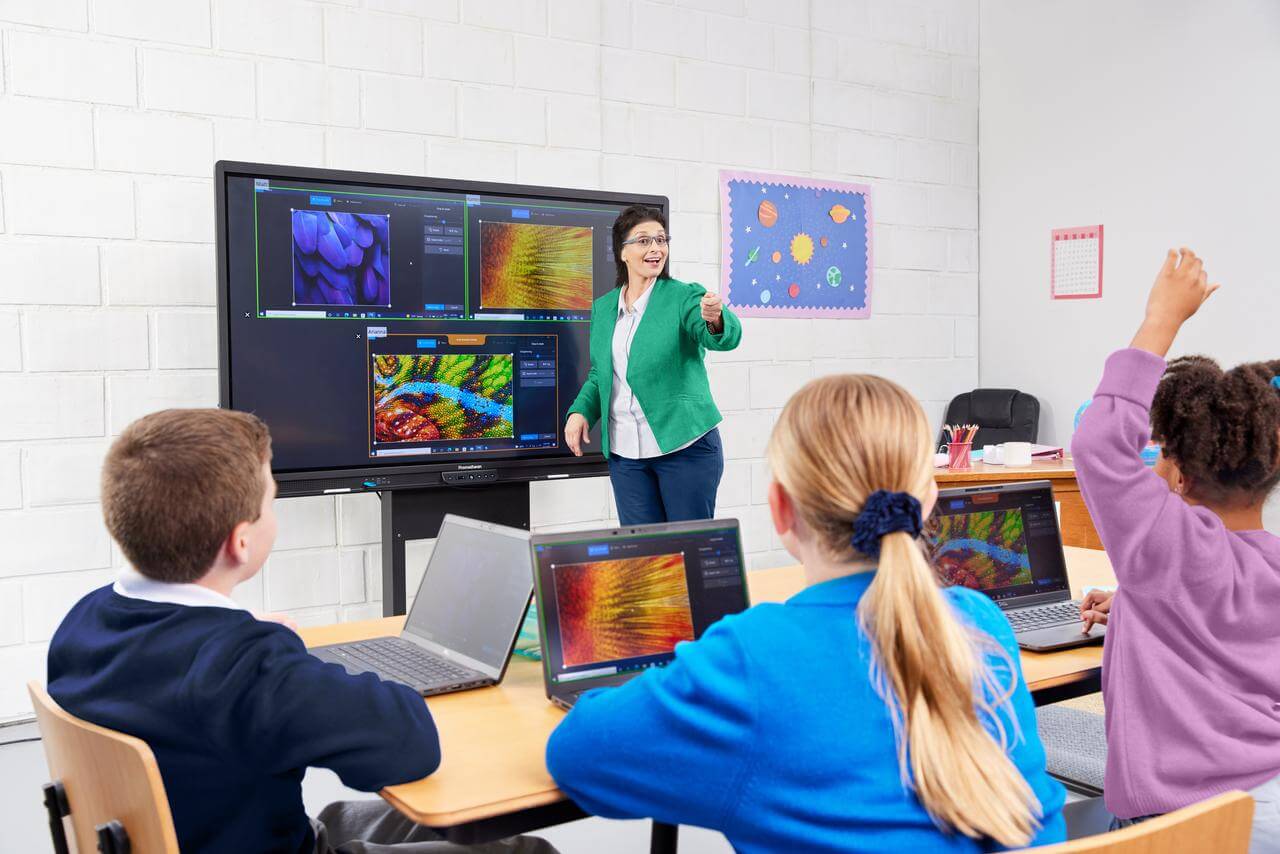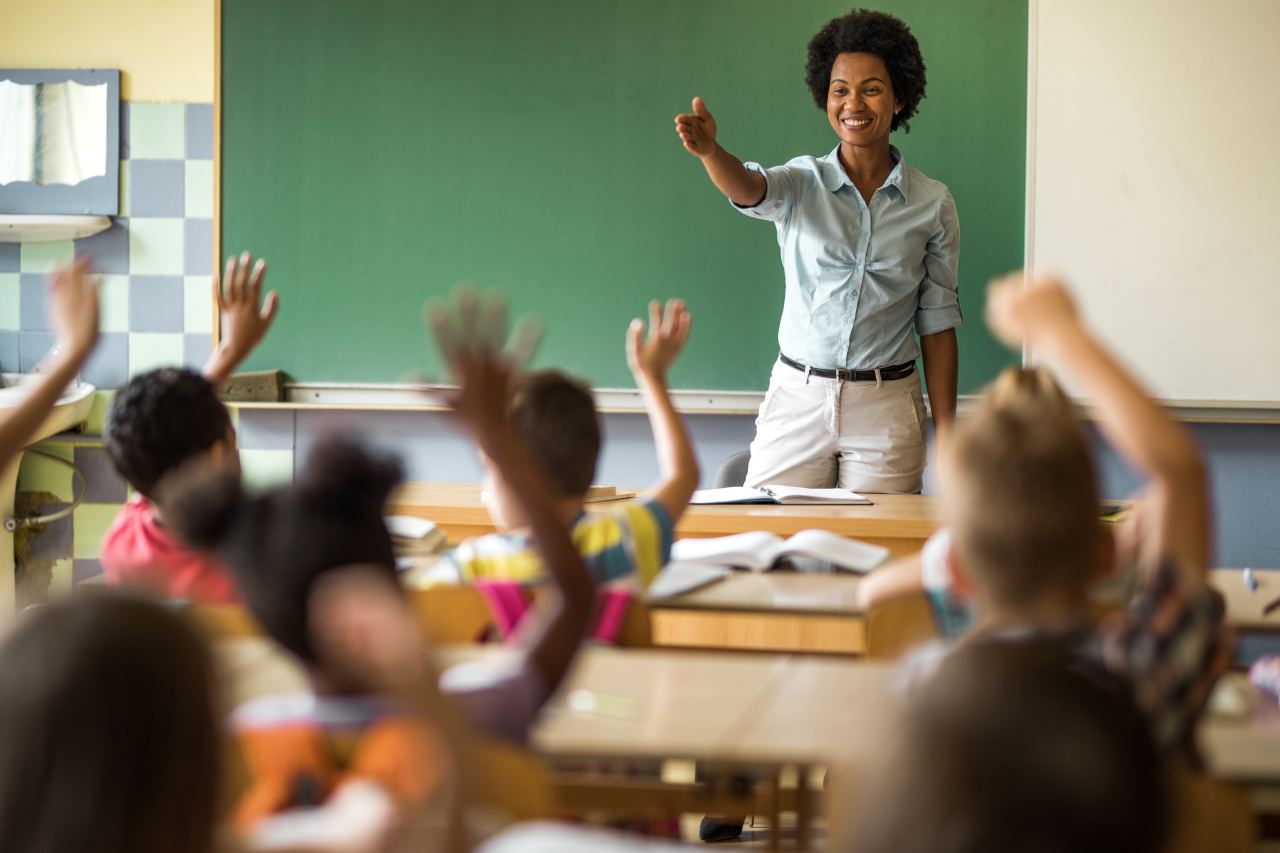Tailored Primary Science Tuition Singapore for Your Child’s Success
Tailored Primary Science Tuition Singapore for Your Child’s Success
Blog Article
Discovering the Various Teaching Techniques in Primary Scientific Research Education And Learning Today
Inquiry-based discovering, hands-on experiments, and the assimilation of technology are redefining exactly how educators involve young minds. In addition, collective strategies and set apart guideline are being employed to cater to the diverse requirements of students, enhancing both engagement and understanding.
Inquiry-Based Learning
Inquiry-Based Learning (IBL) is a pedagogical technique that motivates pupils to check out scientific ideas via questioning, examination, and hands-on trial and error. This approach highlights the duty of trainees as energetic individuals in their understanding, advertising crucial reasoning and analytical skills. By engaging with real-world concerns, students end up being inspired and interested, which enhances their understanding of scientific concepts.
In IBL, instructors act as facilitators, guiding students as they browse their questions rather than delivering details directly. This student-centered strategy permits distinction, suiting numerous finding out designs and paces. Pupils develop abilities in developing hypotheses, designing experiments, and examining data, which are crucial for scientific proficiency.
Furthermore, IBL promotes partnership amongst students, encouraging them to share findings and ideas. This cumulative questions promotes social skills and a feeling of community within the class. The procedure of inquiry motivates durability, as trainees discover to embrace failure as a tipping stone toward understanding.
Hands-On Experiments
Hands-on experiments are an important part of effective science education and learning, enhancing the concepts of inquiry-based discovering. These experiments permit pupils to engage directly with clinical ideas, cultivating a deeper understanding via experiential understanding. By manipulating materials and observing end results, young learners can understand abstract theories in substantial means.
Such tasks advertise essential reasoning and analytical skills, as pupils assume end results, conduct experiments, and evaluate outcomes. This process encourages them to ask concerns, improve their understanding, and develop a scientific frame of mind. Moreover, hands-on experiments can be customized to varied discovering styles, making sure that all trainees have the opportunity to involve meaningfully with the material.
Moreover, hands-on experiments usually urge collaboration among peers, promoting team effort and communication abilities. Working in groups allows students to share ideas, go over searchings for, and find out from each other, which boosts their total instructional experience.
Including hands-on experiments right into the key scientific research curriculum not only enhances the learning setting yet additionally cultivates a lifelong rate of interest in scientific research. By actively taking part in their education, pupils are more likely to establish an interest for clinical questions that prolongs past the class.

Innovation Integration
Integrating modern technology into main science education and learning has come to be significantly crucial in promoting pupil involvement and enhancing learning outcomes. Making use of digital devices, such as interactive simulations, digital labs, and instructional software, offers pupils with opportunities to check out clinical concepts in cutting-edge ways. These resources facilitate a deeper understanding of complicated subjects by allowing students to visualize and manipulate variables that would be not practical in a conventional class setting.
Furthermore, innovation combination encourages customized discovering experiences. Trainees can proceed at their own rate, revisiting difficult concepts via multimedia resources, which provide to various understanding styles. This versatility not only sustains specific development yet likewise grows a feeling of freedom in students.
Additionally, technology serves as a bridge to real-world science, connecting trainees with present study and expert contributions. Accessibility to on-line data sources and scientific journals widens that site trainees' viewpoints on scientific query and cultivates crucial assuming skills.
Collaborative Understanding
Joint learning plays a crucial duty in primary science education by cultivating teamwork and communication skills amongst students. This method motivates students to work with each other, share expertise, and take part in problem-solving, which improves their understanding of scientific principles. By joining group activities, students learn to express their concepts, pay attention to diverse viewpoints, and work out remedies, every one of which are crucial abilities in both real-world and scholastic contexts.

Study suggests that joint knowing can bring about boosted motivation and interaction in scientific research topics, as trainees discover pleasure in common experiences (primary science tuition Singapore). In addition, this technique prepares trainees for future collective ventures, outfitting them with the skills essential for efficient team effort in college and expert environments. Eventually, welcoming collective knowing in primary science education can considerably improve the learning experience and advertise a much deeper understanding of scientific inquiry
Differentiated Direction

Separated instruction can materialize in numerous means, such as varying the web content, procedures, or items of learning. Educators may make use of tiered projects that give differing degrees of complexity, enabling pupils to function at their corresponding readiness levels. In addition, flexible grouping strategies can promote cooperation among trainees with different capacities, cultivating peer understanding.
Assessment plays an essential role in this Discover More Here method, as it notifies guideline and assists teachers comprehend each student's unique requirements. Developmental assessments, such visit our website as monitorings and tests, can lead teachers in adjusting their approaches to enhance finding out outcomes. primary science tuition Singapore. Eventually, by implementing differentiated direction in primary scientific research education and learning, teachers can grow a more reliable and fair learning setting, encouraging all trainees to reach their complete capacity in understanding clinical sensations
Conclusion
In summary, the diverse teaching strategies in main scientific research education and learning, including inquiry-based learning, hands-on experiments, modern technology assimilation, joint learning, and distinguished direction, collectively add to a much more reliable knowing setting. These approaches promote crucial thinking, analytical abilities, and a much deeper understanding of scientific concepts. By implementing these methods, teachers can create encouraging and appealing class that address the diverse requirements of students, eventually fostering a lifelong rate of interest in scientific research and improving scholastic accomplishment.
Inquiry-Based Knowing (IBL) is an instructional method that encourages pupils to discover scientific principles with doubting, investigation, and hands-on experimentation.Joint knowing plays a vital role in main scientific research education and learning by cultivating synergy and interaction skills amongst pupils.Study indicates that collective knowing can lead to boosted motivation and involvement in scientific research subjects, as trainees locate satisfaction in shared experiences.In promoting a comprehensive learning atmosphere, set apart instruction arises as a vital strategy to fit the varied demands and capacities of trainees in key scientific research education and learning. Inevitably, by implementing separated direction in key scientific research education and learning, teachers can cultivate a much more efficient and equitable learning environment, encouraging all trainees to reach their complete potential in understanding clinical phenomena.
Report this page